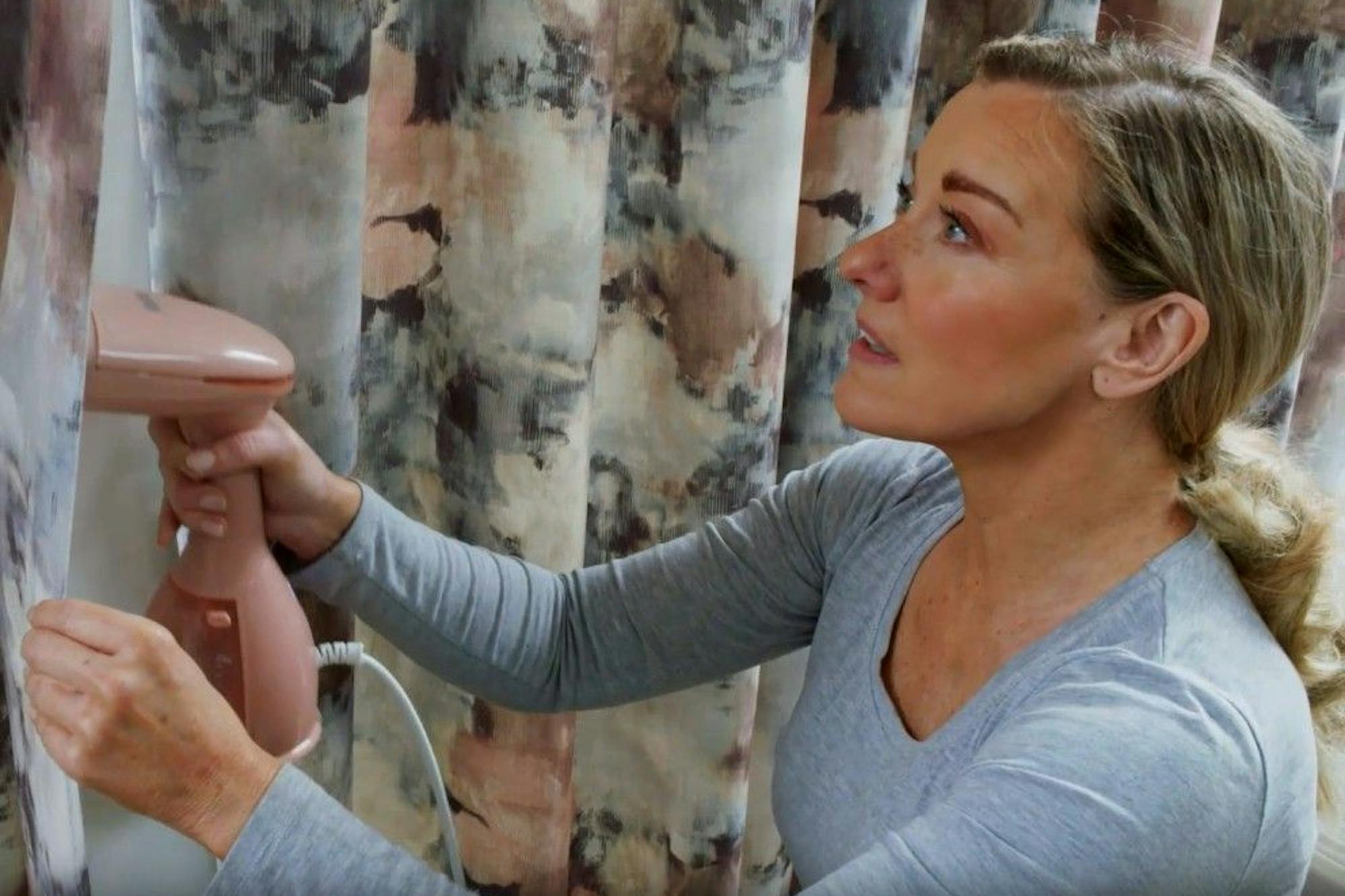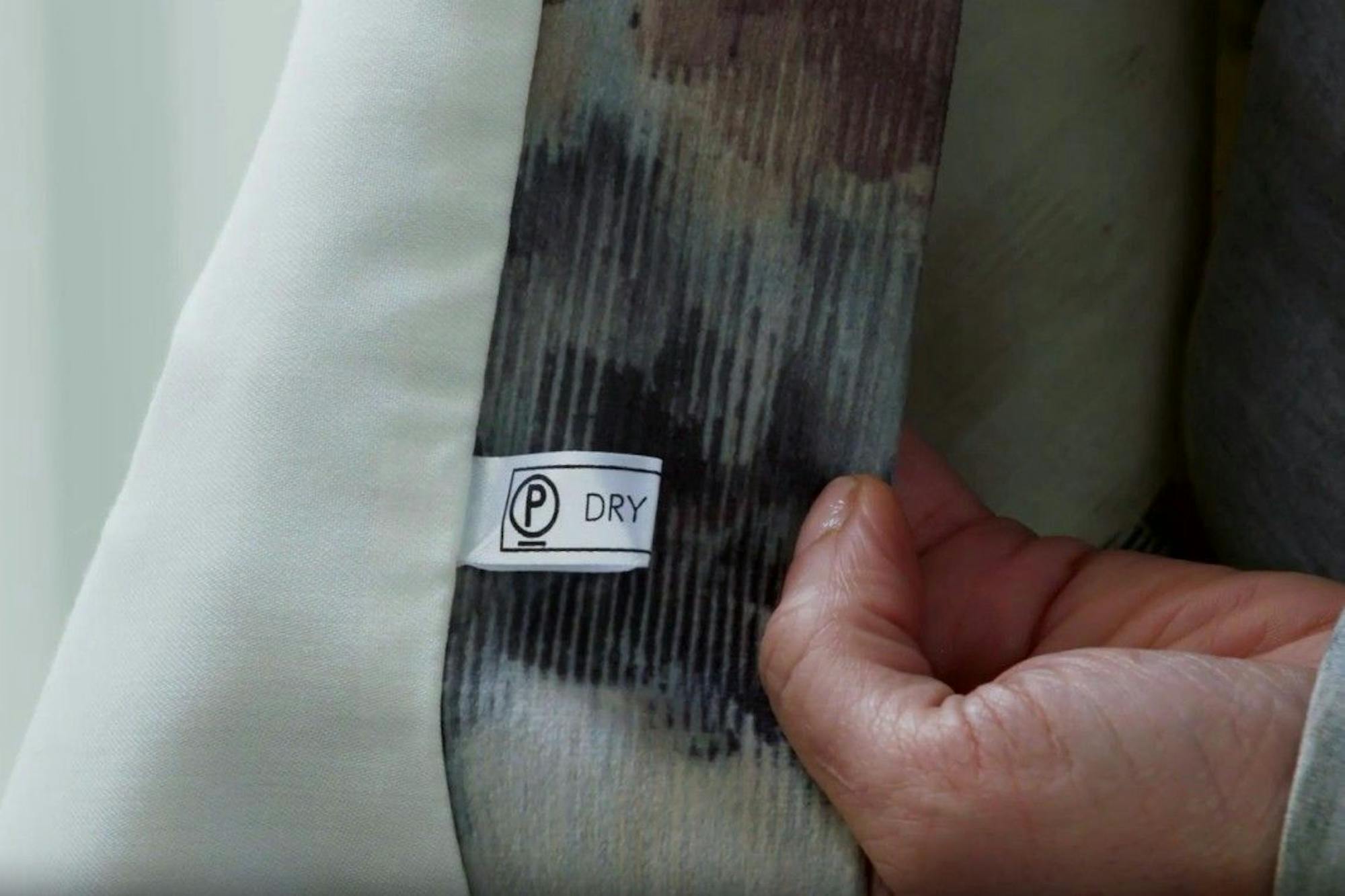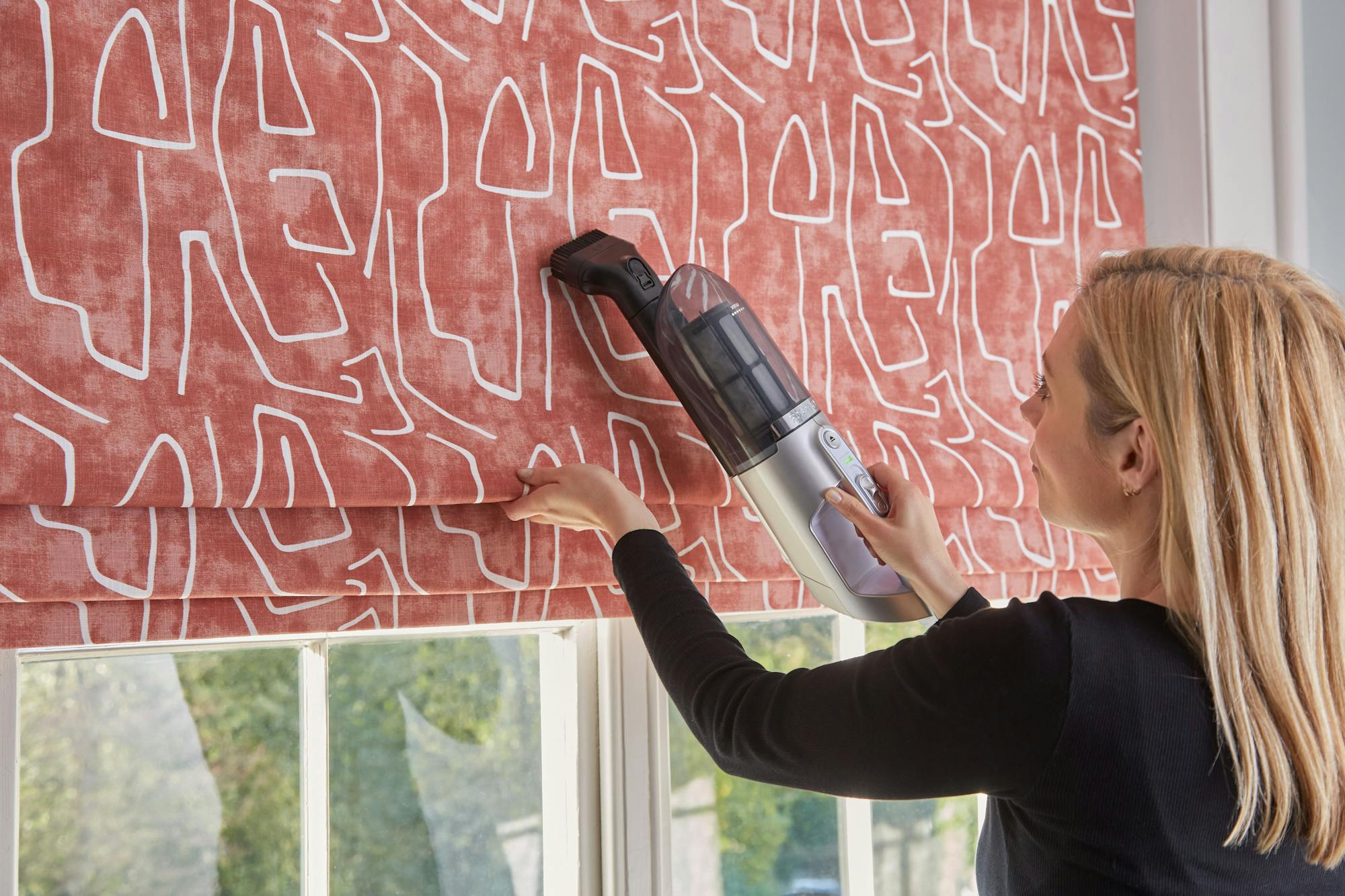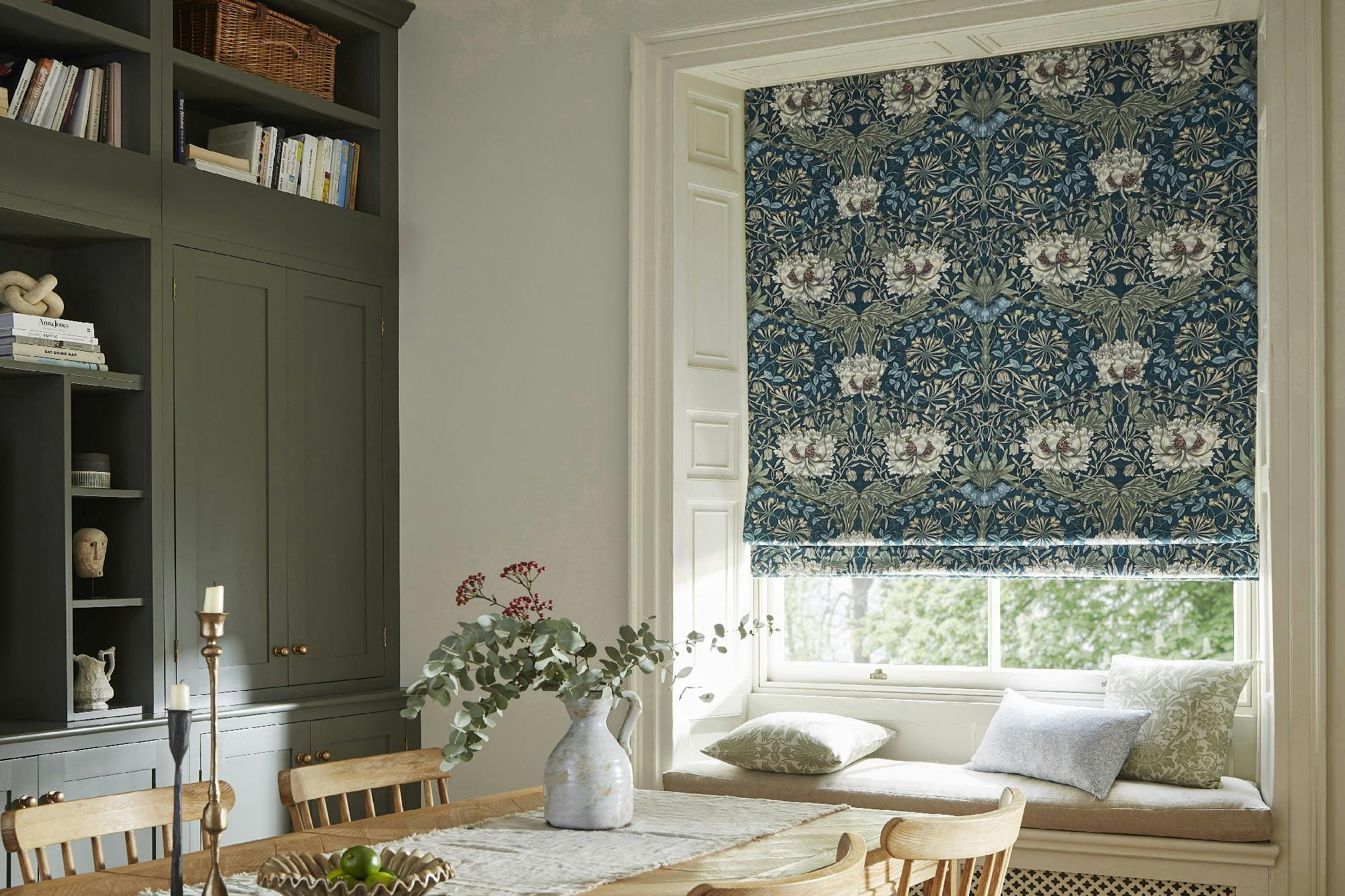Find out the easiest and fastest way to clean your curtains
With the right care and maintenance you can keep your curtains looking as good as the day they were fitted. All our curtains are dry clean only, but there are other ways to keep your curtains looking great for longer. We’ve got some simple methods for regular cleaning plus expert advice on effective stain removal.
This handy guide for all our curtain types, including blackout, covers how to:
- Clean your curtains regularly with a vacuum to avoid dust build up
- Use a hand-held steam to neaten creases and wrinkles
- Keep your room well ventilated to avoid mould build up
- Remove stubborn stains with a damp cloth






















